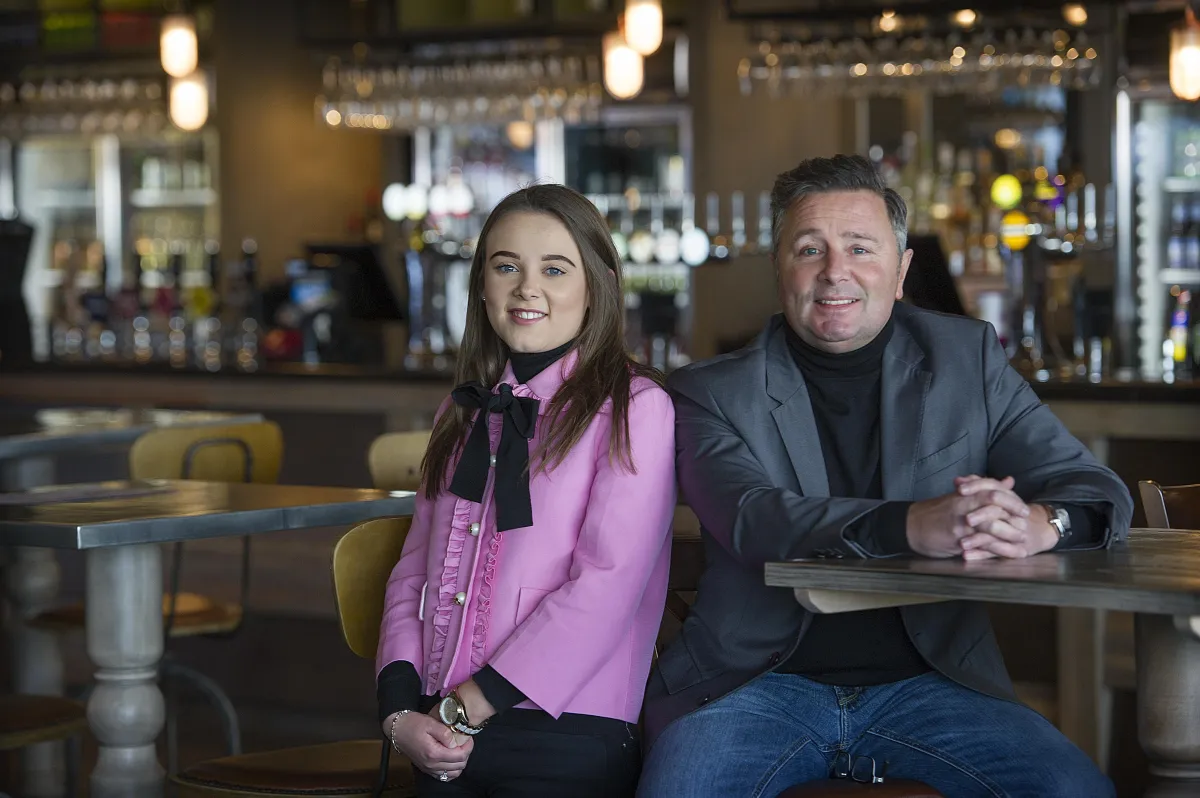Extraordinary Exits For Family Care Home Entrepreneurs
SUPERCHARGING YOUR SSAS PENSION
Care Home Businesses | Commercial Real Estate
£113M
Total Value Generated
43
Deals Closed & Completed
100+
Combined Years Experience
Who Do We Help?
Care Home
Business Owners
We Invest in
Care Home Businesses
Commercial Real Estate
Boutique Private
Investor Club
We Help Investors
Grow Wealth Investing in
Businesses & Commercial Real Estate
£113M
Total Value Generated
43
Deals Closed & Completed
100+
Combined Years Experience
Who Are Taylor Capital?
Hi, I’m Dan Taylor, Founder of Taylor Capital.
Dan Taylor has been investing in Businesses and Commercial Real Estate for more than 30 years and has completed over 43 transactions with a combined value over £113m including 7 & 8 figure LBO’s, Acquisitions, Disposals, Developments, Sale & Leasebacks and transactions involving multi jurisdictional, off-shore entities, Plc’s and distressed asset purchases from banks.
Dan’s first roll up was in the gaming sector where he acquired 30 gaming businesses and contracted with a PLC to sell the business and retain the commercial real estate on long term leases.
Dan’s second roll up was buying businesses in decline where he re profiled the underlying commercial real estate assets to long term investments blue chip investments.
Dan’s third roll up is buying quality small care homes groups producing £1m-£6m EBITDA. Finance has been secured from debt funds and equity from Taylor Capital’s Private Investor Club.

Dan Taylor
Founder & CEO
£113M
Total Value Generated
43
Deals Closed & Completed
100+
Combined Years Experience
Want To Know More?
Care Home
Business Owners
We Invest in
Care Home Businesses
Commercial Real Estate
Boutique Private
Investor Club
We Help Investors
Grow Wealth Investing in
Businesses & Commercial Real Estate
Legal & Privacy | Risk Warning
Sippclub LTD | Company Number: 08290454 | ICO: 00018078788 | Registered Address: Clarity Accounting (Scotland) Ltd, 20-23 Woodside Place, Glasgow, G3 7QL
